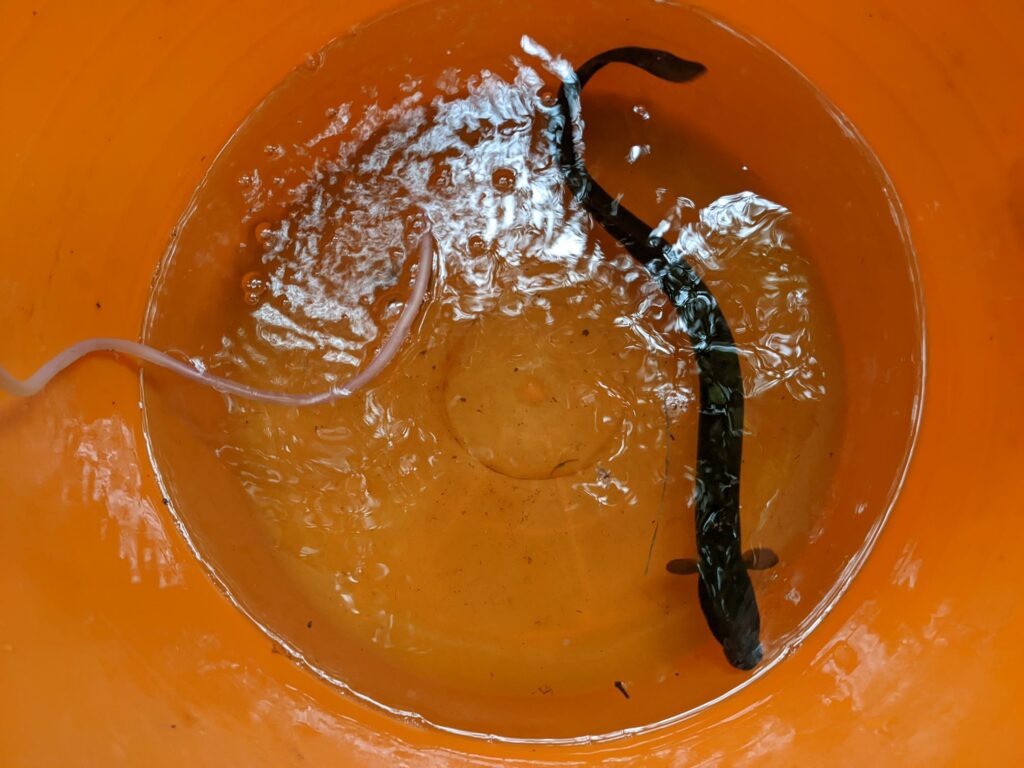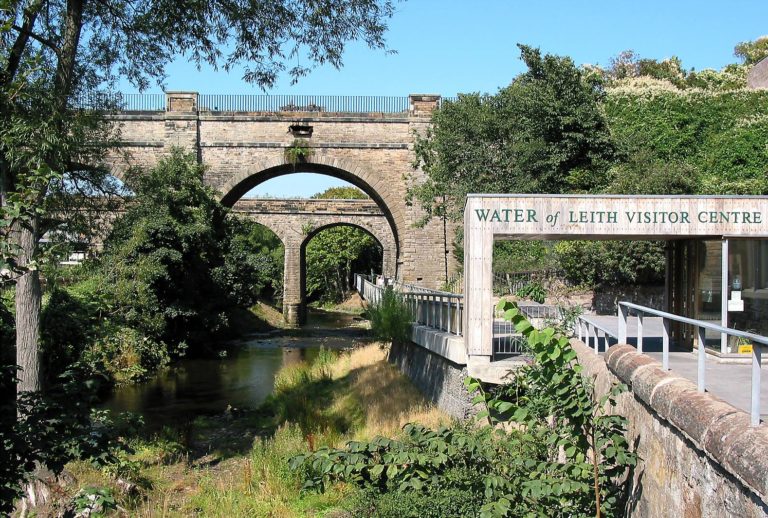To give the river a much-needed health check, Charlotte worked with Forth River Trust in July to carry out an electro fishing survey of the river. The report is now available to be downloaded from our website here; https://www.waterofleith.org.uk/fishing/
In the last 10 years the Water of Leith has gone through a lot of changes;
- The river stopped being stocked with farmed Brown Trout in 2012
- A major flood defence scheme has been rolled out between Murrayfield – Bonnington
- Otters have started to breed on the river.
- More extreme weather events are occurring due to climate change.
The team went back to 18 sites previously surveyed by Clyde River Foundation between 2009 – 2012 (Leithhead Mill – Pentlands to Bonnington) prior to the Flood defense scheme. By comparing this year’s data with the previous surveys, we are able to get an idea of how the river is adapting to all this change and help us make decisions about the river’s management going forward.
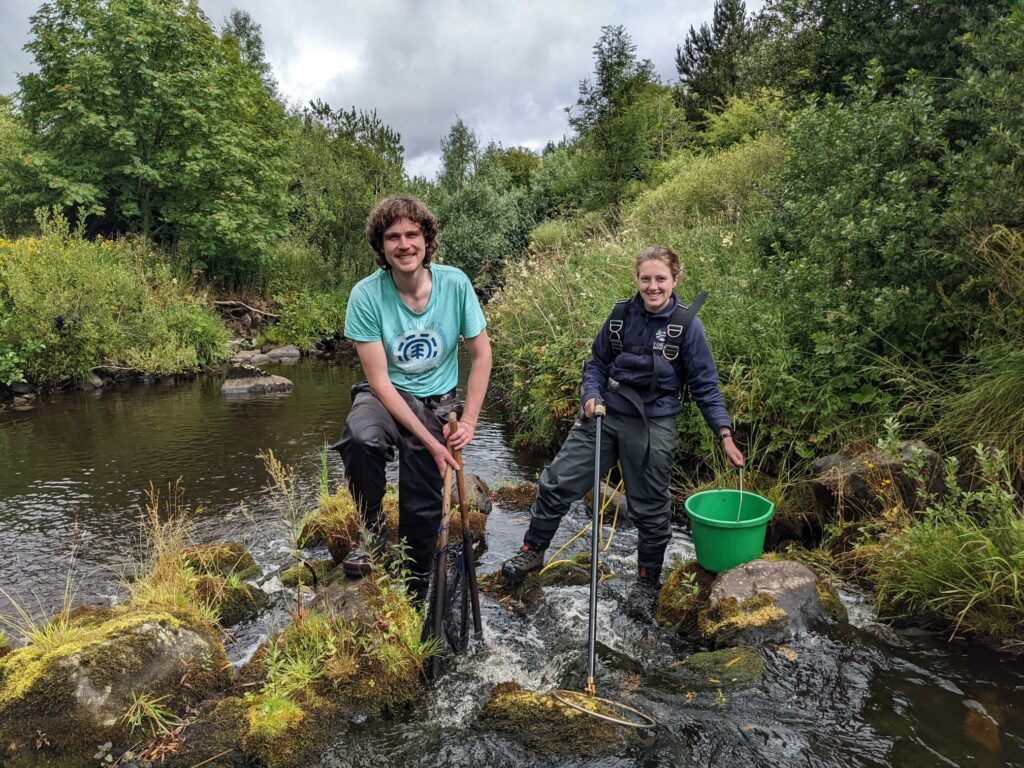
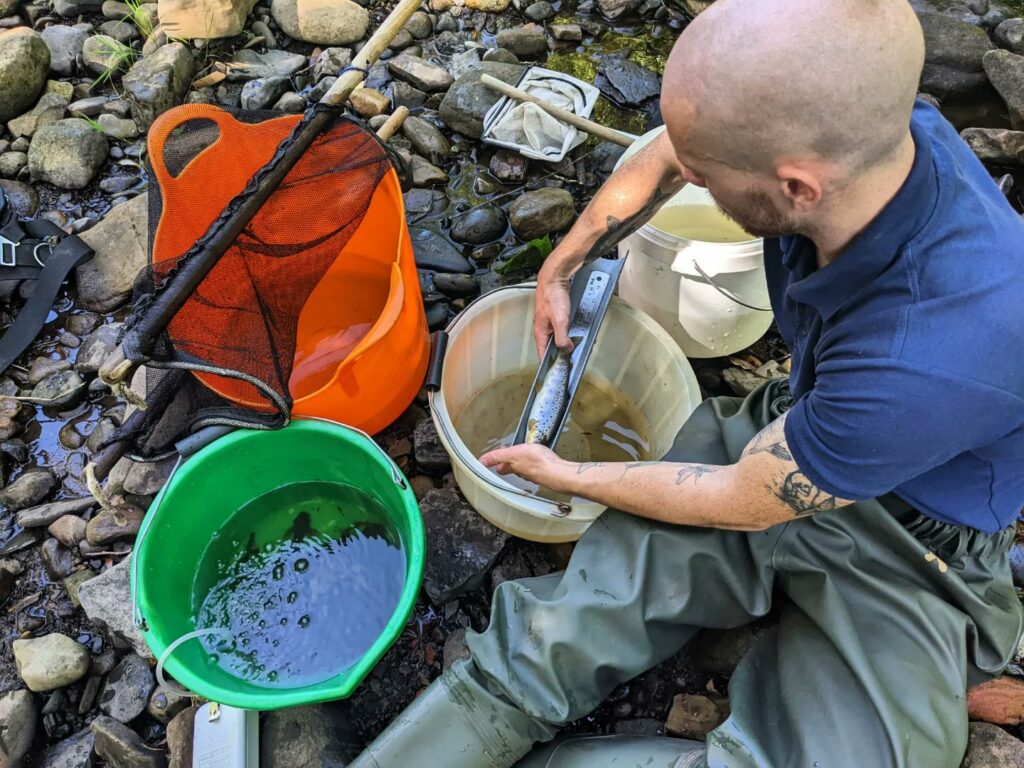
Brown Trout, Bullhead, Lamprey, Minnow, Stickleback, Stone Loach and the European Eel were found during the survey. Bullhead are the most dominant fish in the river, its populations have increased at all sites surveyed.
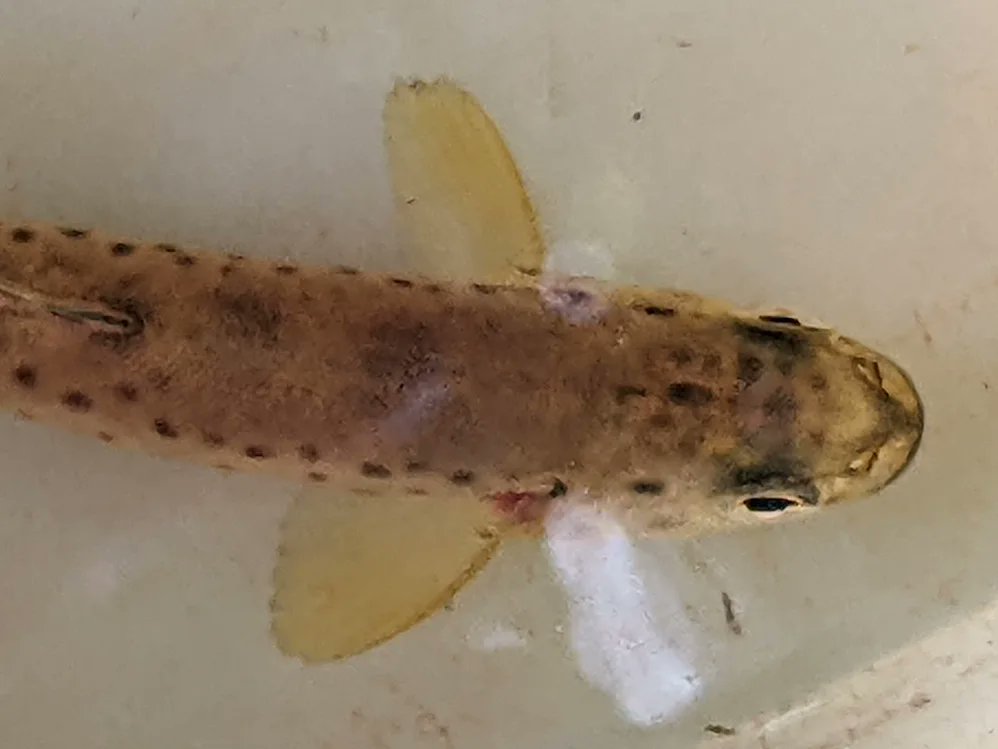
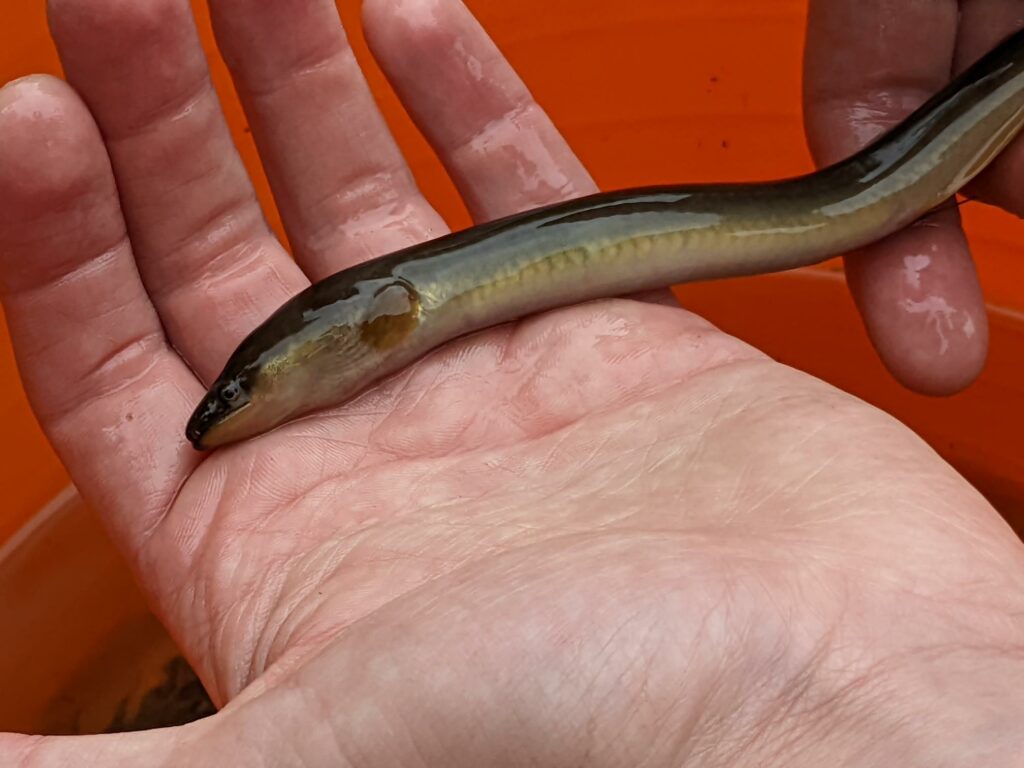
In general, the river is in much better condition upstream of Balerno where there is less sewage, barriers (weirs), substrate compaction (downstream of weirs), Silt (upstream of weirs) and better habitat for fish.
The survey has highlighted a need for improving Trout habitat between Gorgie – Belford. This requires providing cover – which can take the form of tree stumps and or logs, undercut natural banks, large boulders and perhaps more willow spiling projects. The balance will be putting these into the river in suitable locations where they will not cause a flood risk or litter trap.
The presents of the critically endangered European Eel in the survey are a good sign. However, Eels were present in 8 sites in 2009 – 2013 surveys, but only 3 sites in 2022 – Opening up their habitat could be achieved using natural Eel ropes on all large weirs and spat ropes at Leith Harbour Gates and Damhead weir.
The above suggestions to help Trout and Eels are very manageable goals in the short term for the Trust’s Conservation team. In the long term, it would be great if we could remove all the barriers where possible, but Leith Docks and the listed weirs at Dean Village will always be a problem we have to work around.
We should all continue to plan to reduce the sewage that gets into the river as this is the major reason for poor water quality and potential biological decline. New housing is plumbed into a Victorian sewage network and the system cannot cope. Especially as we see temperatures rise in the spring / summer leading to drought that cannot dilute sewage and more floods in the autumn / winter and increased Combined Sewage Overflow (CSO) venting – due to climate change. Improving fish passage upstream opens up their habitat and allows the means of escape from the declining water quality that builds up downstream and is impounded by the artificial harbour gates in Leith.


